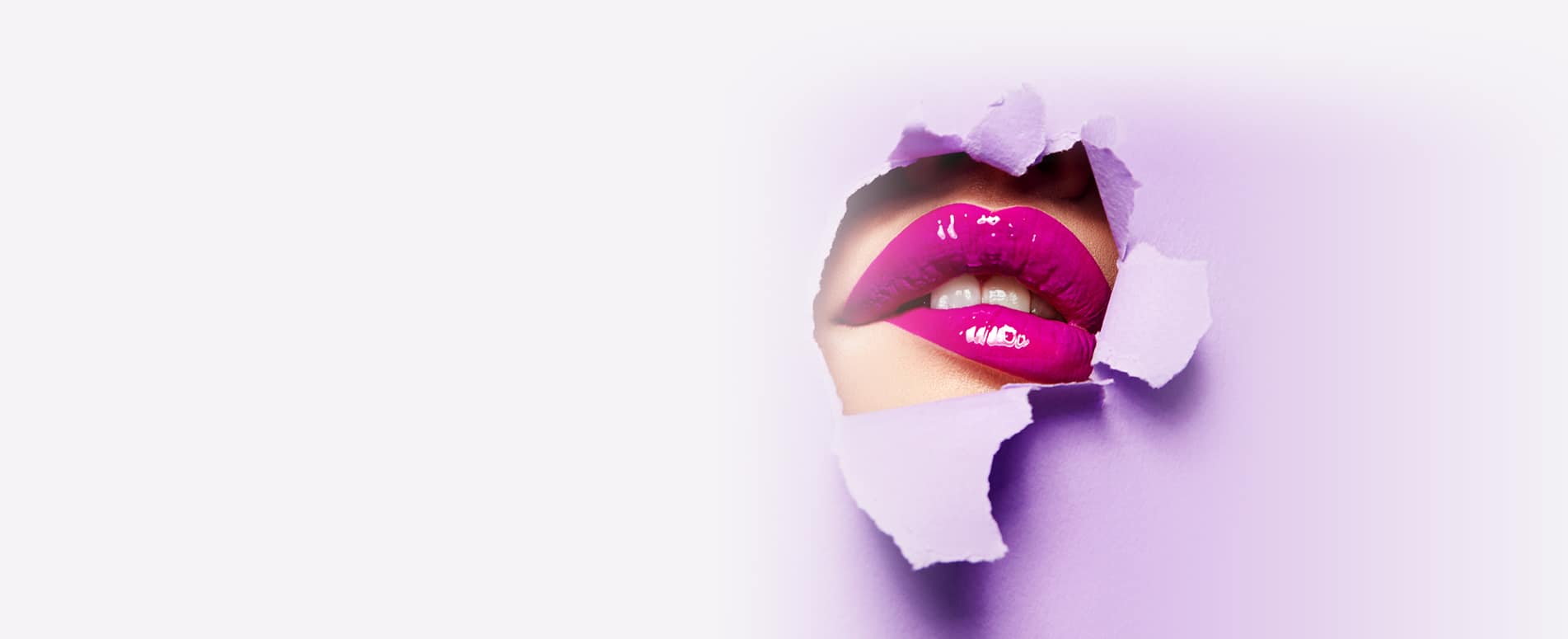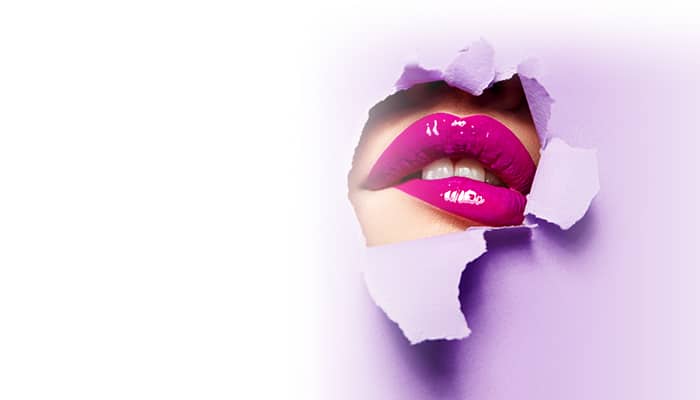

Crooked teeth are misaligned — they bend or twist out of shape. They are very common in many children and adults. People with crooked teeth are not always confident of their smile; it also causes bad breath and can even interfere with your speech in severe cases. However, when your teeth are perfectly aligned, they can add personality and charm to your smile. If you have crooked teeth and you do not like the way they look, you can have them realigned.
There are different causes of crooked teeth. You can read further to find out how your teeth can become crooked, health problems associated with them, and how they can be aligned.

Crooked teeth are common in both children and adults. Crooked teeth in children may be as a result of teeth being too small to fill the gum space allocated to them. Other causes of crooked teeth in children is heredity and genetics. Prolonged habits like sucking on a pacifier or thumb can also make the teeth to become crooked.
A child may have crooked teeth, but that doesn’t mean his or her teeth will be crooked when he grows up, but if a child’s teeth are crowded, the permanent teeth may be crowded as well. Tooth decay may cause the teeth to fall out from the gum earlier than it would naturally. When this happens, the permanent teeth that grow afterwards may become crooked.
Permanent teeth can also become crooked because of the following factors:
We consume more of processed food that require less chewing these days than we used to before now, and as a result some scientist believes this has made our jaw size smaller. The smaller or shorter jaw can cause crowded, crooked, or misaligned teeth.
It is possible that you will have some crooked teeth if one or both of your parents had crowded or crooked teeth. You can also inherit an underbite and overbite from your parents as well.
Malocclusions are jaws that are misaligned. It occurs when your upper teeth don’t fit on your lower teeth the way it should. Your upper teeth supposed to be fitted slightly over your lower teeth and your upper molars fitting into the grooves of your lower molars as well.
Misaligned teeth may come as an overbite or underbite. An overbite causes the upper front teeth to protrude over the lower front teeth while an underbite causes the lower front teeth to protrude more than the upper front teeth. Malocclusion can be caused by some poor myofunctional habits such as thumb sucking.
Myofunctional habits are behaviours like thumb sucking, pacifier or bottle use, tongue thrusting, or mouth breathing that affect the muscles or functions of the mouth or face.
When your teeth are not checked from time to time by a dentist, some dental problems like gum disease may not be diagnosed and treated. Crooked teeth and other dental health problems may occur as a result of this.
Poor nutrition can cause the tooth to decay, and poor dental development, especially in children and this can result in crooked teeth over time.
One or more crooked teeth can result from a facial injury. A hit on the face or mouth can knock your teeth out of place.

Crooked teeth can cause painful chewing every time you eat — it can make you conscious of your smile or avoid some social situations. Other effects of crooked teeth include:
Straightening crooked teeth is a personal decision anyone with crooked teeth has to make. Most people with crooked teeth have low self-esteem and are often conscious of their smile. The cost can affect the decision to straighten your crooked teeth — a lack of fund or dental health insurance may prevent you from straightening your teeth. Some health issues may also influence your decision to straighten the teeth.
Some people may not have the desire to straighten their teeth because they are comfortable with it. They can flaunt their not-so-perfect teeth anytime. Some Japanese sees slightly crooked canine teeth ‘they refer to as yaeba’ as desired attribute that enhances attractiveness in women.
Anyone having crooked teeth is expected to see an orthodontist who will examine your mouth, teeth, and jaw. The orthodontist will ask you question to know the symptoms you have been experiencing, including, physical discomfort while chewing, and the popping sounds your teeth make when opening or closing your mouth. The orthodontist will also take an X-ray of your mouth to enable him to make a mould of your teeth.
There are so many alternatives if you choose to straighten your teeth. You can discuss with your orthodontist if you need more enlightenment. The treatment option your orthodontist may adopt for straightening teeth include:

Braces can be used to straighten teeth for people of any age range, but their teeth and gums must be strong enough to hold them. Using braces to straighten crooked teeth in children is easy when they still have malleable, flexible gums and bone tissues.
There are different types of braces you can use for teeth straightening. The type of braces used for treatment will determine the length of time it will take for correction. Some teeth straightening with braces can take between two to three years, depending on the type of braces you choose to use.
The types of braces are:
Metal braces uses are made up of metal brackets that are attached to the teeth with flexible wire, and bands. This type of braces are mainly used for patients with more complex dental alignment issues.
This is the first type of braces used for straightening teeth. They have been modified into smaller brackets and less metal that makes them more comfortable than they used to be. This types of braces are now produced in different colours that match your personality. Metal braces are more affordable to use compared to other types of braces
Ceramic braces are the types of braces in which the archwires that connect them are the same colour as the tooth. Ceramic braces have the same straightening process as the metal braces but just that they stain and break easily. Some patients prefer ceramic braces because they are not easily noticed when worn compared to metal braces, but they are more expensive than metal braces
Invisible braces can be worn by teenagers or adult, and they are nearly invisible. They include the Invisalign and clear plastic aligners which are custom-made to fit your mouth. This type of braces are more comfortable than traditional braces. You may not need to remove the braces when eating certain meals When worn, they fit over each tooth like a mouth guard, gradually pushing them into place over time.
Invisalign braces need to be removed and replaced with another one every two weeks to fill the gap created as the teeth are moved into position. This type of braces may not be recommended to correct severely misaligned teeth.
The lingual brace is similar to traditional braces, they are used to align the teeth from the inside. The lingual braces are invisible braces also, but they are very expensive and hard to clean. Lingual braces cannot be used to straighten all misaligned or crooked teeth.

Aside from the braces, surgical procedure is another option that can be used to straighten the teeth. It does not take time; it is the best treatment option if you cannot cope with the discomfort of wearing braces for a long time. Teeth-straightening surgery may be needed to reposition the bones and gums so that it can hold your teeth in place.
This treatment option is recommended for complex misalignment issues such as jaw alignment. Jaw alignment is often referred to as orthognathic surgery by orthodontists, which might be highly recommended if you suffer severely crooked teeth that have affected your speech or chewing ability.
Crooked teeth can occur in children, teenagers, and adults. Treatment may not be needed except if they cause low self-esteem or other oral health issues.
Correcting crooked teeth is a personal decision everyone has to make. Many patients who want to straighten their teeth are put off by the cost. You can ask your orthodontist if there is a payment plan that allows you to spread the cost of treatment.
Do you need consultation on crooked teeth straightening in London? You can visit Smile Works Dental at Harley Street London.
Contact us on 020 71834091 today to book an appointment and begin your treatment process.